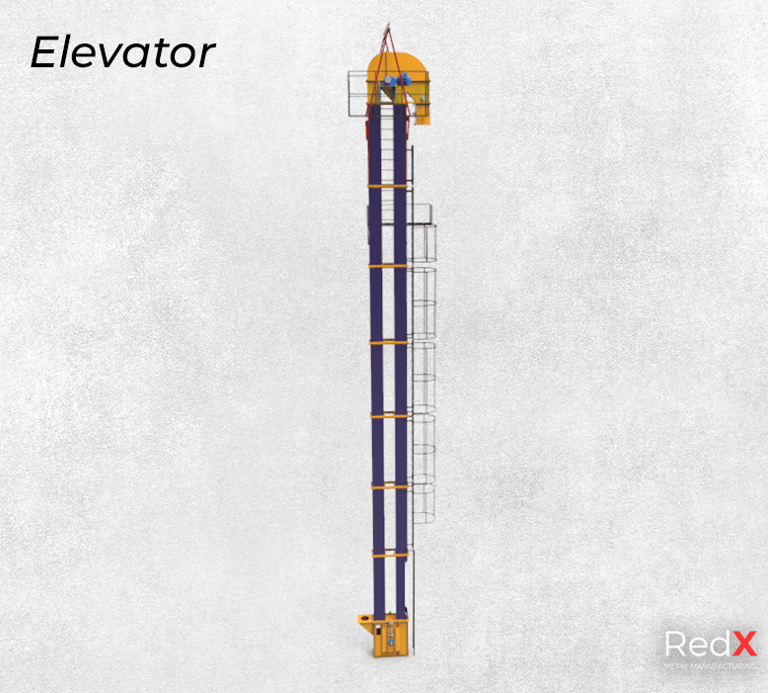Understanding Elevator Conveyor Systems: Types and Applications
6/14/20241 min read
Introduction to Elevator Conveyor Systems
Elevator conveyor systems are indispensable in various industries, including food, plastics, agriculture, construction, chemicals, and mining. These systems facilitate the vertical or near-vertical transfer of small materials from a lower point to a higher point. Due to their high carrying capacity, they are essential for efficient transportation of non-packaged goods, ensuring that materials can be conveyed from a narrow space in the shortest time possible.
Types of Elevator Conveyor Systems
Elevator conveyors are categorized mainly into two types based on their functions: intermittent elevators and continuous elevators. Each type is designed to address specific needs and operational requirements.
Intermittent Elevators
Intermittent elevators, also known as reciprocating elevators, operate with a start-stop motion. They are ideal for applications where materials need to be lifted in batches rather than a continuous flow. These systems are suitable for handling delicate or fragile materials, providing controlled and gentle handling to prevent damage. Intermittent elevators find applications in industries where precision and care are paramount.
Continuous Elevators
Continuous elevators are designed for the constant movement of materials, ensuring a steady and uninterrupted flow. These systems are typically used in high-capacity environments where large volumes of materials need to be transported quickly and efficiently. Continuous elevators are common in industries such as mining and construction, where robust and durable equipment is necessary to handle heavy loads and harsh conditions.
Applications of Elevator Conveyor Systems
Elevator conveyor systems have a wide range of applications across various industries:
Food Industry: Used for transporting grains, flour, and other bulk food items from one level to another, ensuring hygiene and efficiency.
Plastics Industry: Facilitates the movement of plastic pellets and components in manufacturing processes.
Agriculture: Essential for moving crops, seeds, and fertilizers in agricultural operations.
Construction: Helps in transporting construction materials such as sand, gravel, and cement to different levels of a building site.
Chemicals: Used for the safe and efficient transport of chemical powders and granules.
Mining: Critical for moving ores and minerals from underground to the surface for further processing.
Conclusion
Elevator conveyor systems play a crucial role in enhancing productivity and efficiency across various industries. By understanding the different types of elevator conveyors and their specific applications, businesses can select the right system to meet their operational needs. Whether it's for transporting delicate food items or heavy construction materials, elevator conveyors offer a reliable solution for vertical material handling.


